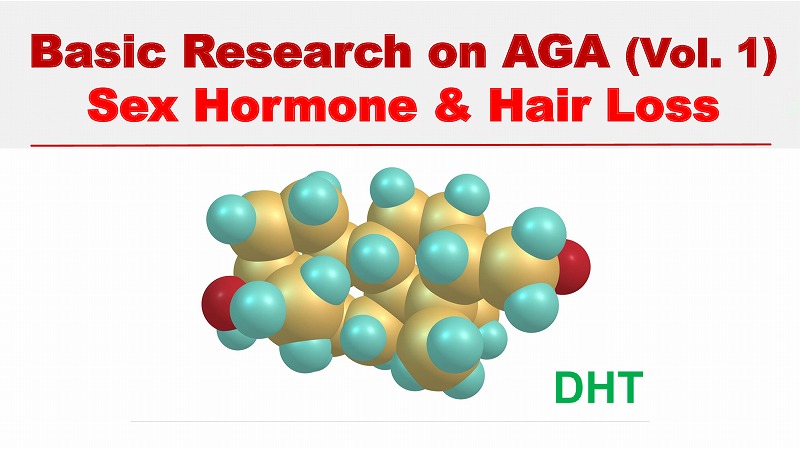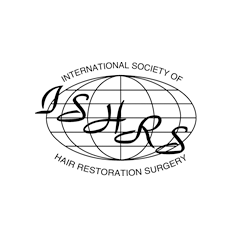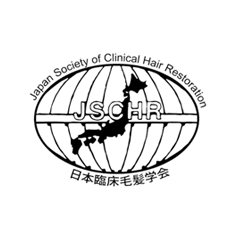Progesterone Signaling Pathway
Progesterone Receptor-DNA Binding
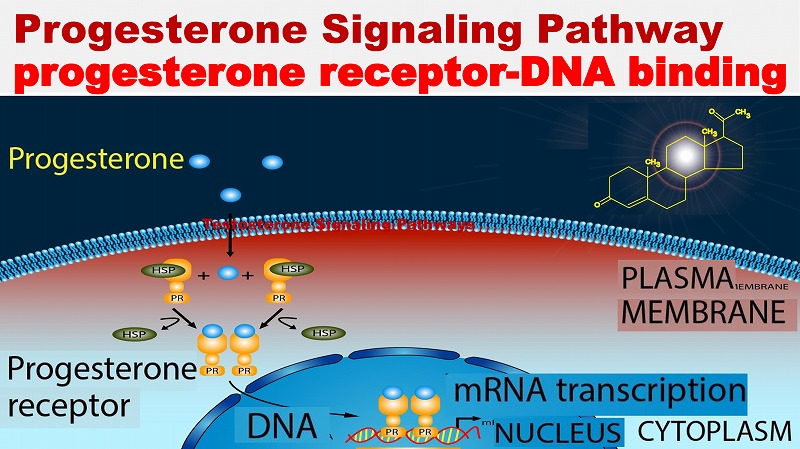
Progesterone receptors may become one of the therapeutic targets in androgenetic alopecia in the future and in certain endocrine-dependent cancers.
Subpopulations of progesterone receptors on the cytoplasm and cell membranes can mediate rapid progesterone-induced activation of specific signaling pathways in the absence of gene transcription.
When progesterone receptors are transformed, the steroid-binding proteins dissociate. The dissociated receptor binds to DNA with high affinity. In this way, the progesterone receptor is transformed to a DNA-bound state.
Hair Thinning in Men and Women
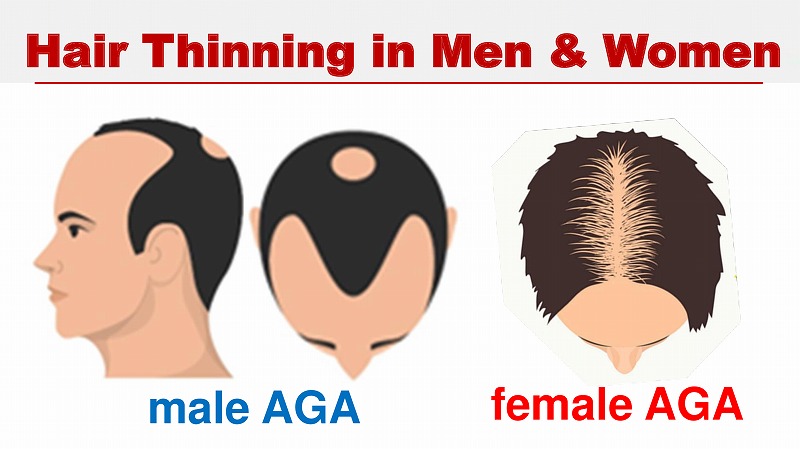
The amount of aromatase in the hair follicles is much higher in women than in men.
This may be one of the reasons why alopecia is less frequent in women than in men.
Typical patterns of male AGA are recession of frontal hairline and alopecia in the vertex.
On the other hand, a typical symptom of female AGA is a decrease in hair density associated with preservation of terminal hairs scattered in the balding area.
Alopecia without thick hair is uncommon in female AGA.
Hair Loss in Women
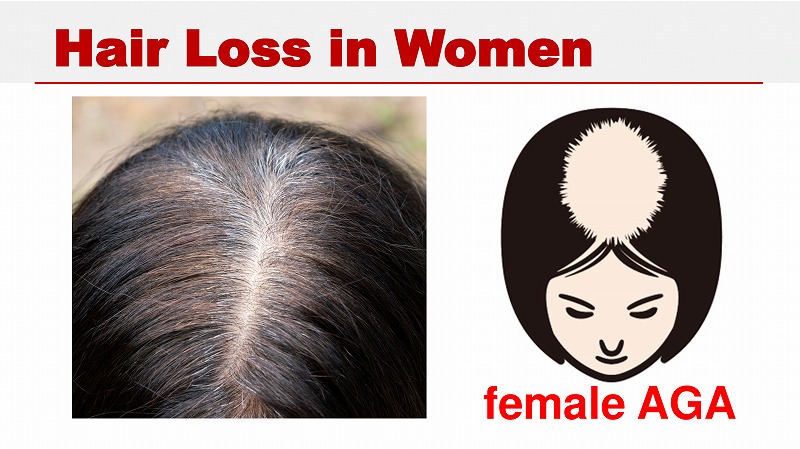
Hair thinning in female AGA usually begins in the central and mid-scalp areas of the scalp. Hair thickness in the frontal hairline area is usually preserved until the advanced stage of AGA in women.
It has been reported that aromatase in women’s frontal hair follicles is 6 times higher than that in men, and aromatase in women’s occipital hair follicles is 4 times higher than that in men.
Aromatase-rich hair follicles in the frontal area may explain why the terminal hair is usually maintained in the frontal hairline area in female AGA.
